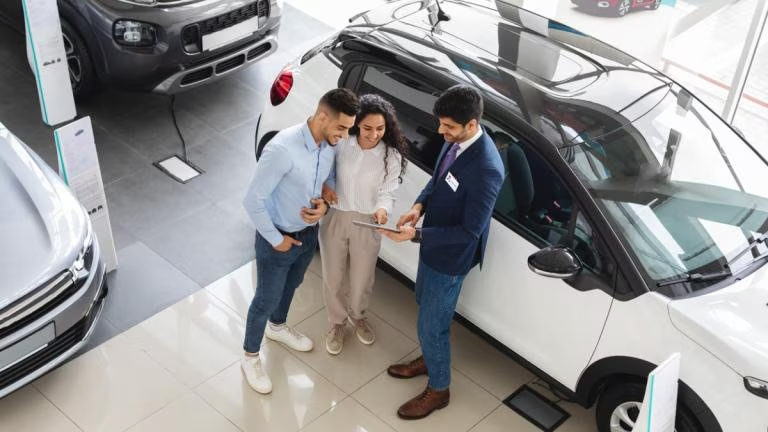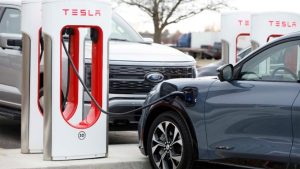Nearly a quarter of all new vehicle buyers in the U.S. owed more on the vehicle they were trading in than it was worth. Being “underwater” isn’t uncommon, but the percentage was the highest it’s been in three years.
According to Edmunds.com, 23.9% of new car buyers traded in a vehicle with negative equity during the second quarter, which is the highest percentage since Q1 2021 when it was 31.9%.
Not only is the percentage up, but also the amount owed on these trades is at record high levels too. The average is $6,255 nearly $2,000 more than the previous high of $4,487 during the same period in 2022.
“Over the last few years, inflated vehicle trade-in values kept consumers somewhat shielded from falling underwater on their car loans. As the market continues to correct and trade-in values normalize, this protection is falling away, with some vehicle types more affected than others,” said Jessica Caldwell, Edmunds’ head of insights.
Worse for EVs
The average amount owed on all EVs traded in for a new vehicle purchase with negative equity climbed to $10,326 in Q2 2024 from $5,469 in Q2 2022. Edmunds data reveals that this is significantly higher than the amount owed on gas-powered trade-ins, which averaged $6,018 during the second quarter of 2024.
Edmunds analysts say a contributing factor to this higher dollar amount is the fact that the average trade-in age for EVs is significantly lower than for other vehicles. (The average trade-in age for EVs was 2.1 years compared to 3.7 years for gasoline-powered vehicles in Q2.)
“It’s not surprising that EV owners are feeling the brunt of accelerated levels of depreciation — this is a fairly standard occurrence for vehicles laden with emerging technology, and incentives on new EVs are only adding to the problem by further depressing used EV values. And this is certainly not making a good case for the fledgling EV market, which is already struggling to gain consumer buy-in,” Caldwell noted.
More Sales Stories
- Japanese Automakers Post Strong April Sales Numbers, Korean Automakers See Sales Dip
- March Auto Sales Look Strong – But Affordability Remains an Issue
- Who Says EV Sales Are Slowing? Tesla, Maybe – But Not GM, Ford, Toyota or the Koreans
Age issues
Compounding the issue is that the vehicles being traded in are older than ever, further impacting their value.

While the numbers are trending up, there are ways to avoid owing a lot of money on your trade-in, Edmunds advises.
The average age for trade-ins with negative equity was 3.7 years old compared to 3.4 years in Q2 2023 and 3.2 years old in Q2 2022. Edmunds analysts note that this trend underscores how consumers who paid inflated prices for new vehicles during the past few years are at extended risk of falling underwater on their car loans as the market continues to normalize — these owners will likely need to hold onto their vehicles for longer to avoid trading in at the steepest point of the depreciation curve.
Edmunds suggests a few things for vehicle buyers to keep in mind as they’re shopping.
“Negative equity only becomes a problem when you trade in a vehicle too soon,” said Ivan Drury, Edmunds’ director of insights.
“If you’re worried about being underwater on your current car loan, your best bet is to keep your vehicle as long as possible and keep up with regular maintenance. And if you’re concerned about the depreciation that comes with buying an EV but still want to go green, consider buying used to offset some of that depreciation, or avoid ownership altogether and lease instead.”





Don’t buy new!